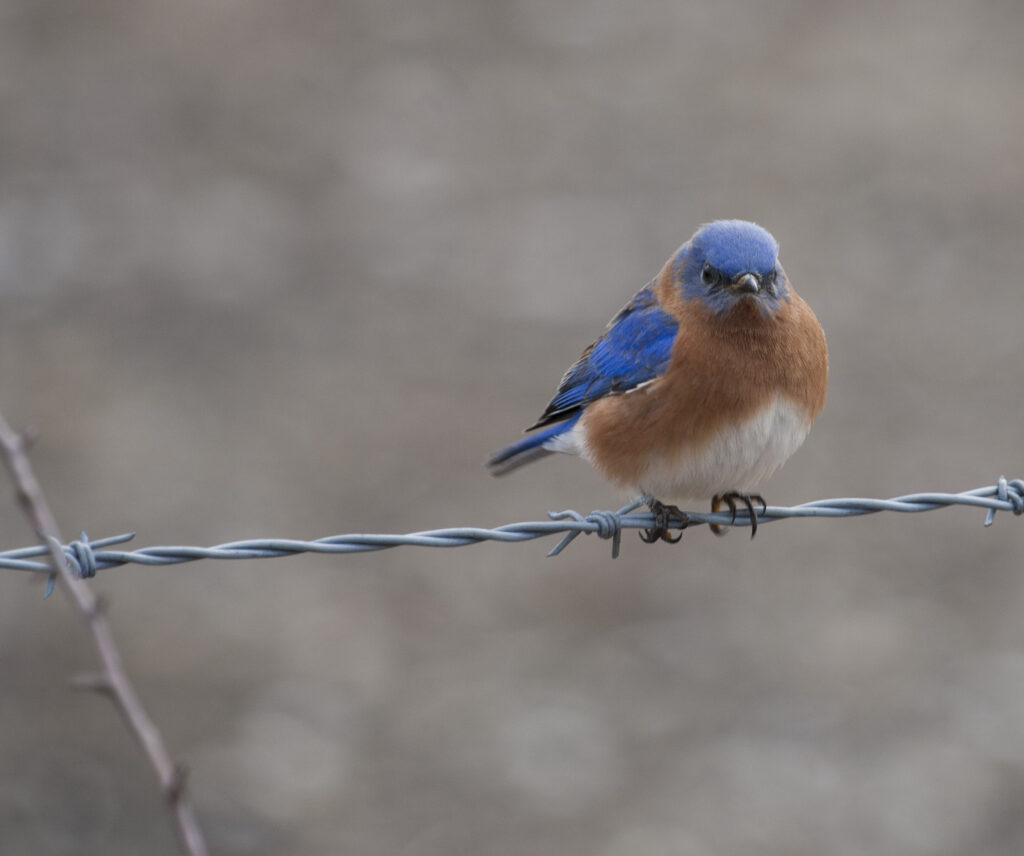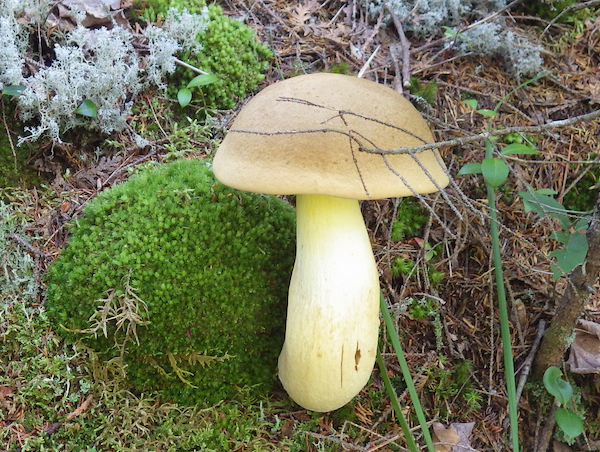Bluebirds, with their vibrant plumage and melodious songs, capture the hearts of nature enthusiasts around the world. These charming birds belong to the thrush family and are renowned for their stunning blue and orange hues, which adorn their feathers with striking elegance. Found across various regions of North America, bluebirds are celebrated for their beauty and the sense of joy they bring to landscapes.

Characteristic features of bluebirds include their slender bodies, pointed wings, and relatively short tails, which contribute to their graceful flight and agility. Despite their small size, typically ranging from 6 to 8 inches in length, bluebirds possess a magnetic presence that commands attention wherever they roam. With an average lifespan of 6 to 10 years, these birds symbolize resilience and adaptability in the face of changing environments.
An adult bluebird typically weighs between 1.0 to 1.1 ounces, or roughly 0.06 to 0.07 pounds, showcasing their lightweight build optimized for swift aerial maneuvers. In terms of diet, bluebirds are primarily insectivorous, feeding on a variety of insects such as beetles, caterpillars, and grasshoppers. Additionally, they supplement their diet with berries and fruits, especially during the colder months when insect prey becomes scarce.
Despite their diminutive size, bluebirds play a significant role in maintaining ecological balance and biodiversity. As voracious insect predators, they help control pest populations, contributing to the health of agricultural and natural ecosystems alike. Moreover, bluebirds are indicators of environmental health, with their presence serving as a barometer of habitat quality and ecosystem integrity.
However, despite their cultural significance and ecological importance, bluebirds face numerous threats to their survival, including habitat loss, pesticide use, and competition for nesting sites with invasive species. Conservation efforts, such as the establishment of nest box programs and habitat restoration initiatives, play a crucial role in safeguarding bluebird populations and ensuring their long-term viability.
In conclusion, bluebirds exemplify the delicate harmony between beauty and functionality in the natural world. Their enchanting presence serves as a reminder of the interconnectedness of all living beings and the importance of preserving biodiversity for future generations. By nurturing habitats conducive to bluebird populations, we not only protect these charismatic birds but also foster healthier and more resilient ecosystems for all species to thrive.
